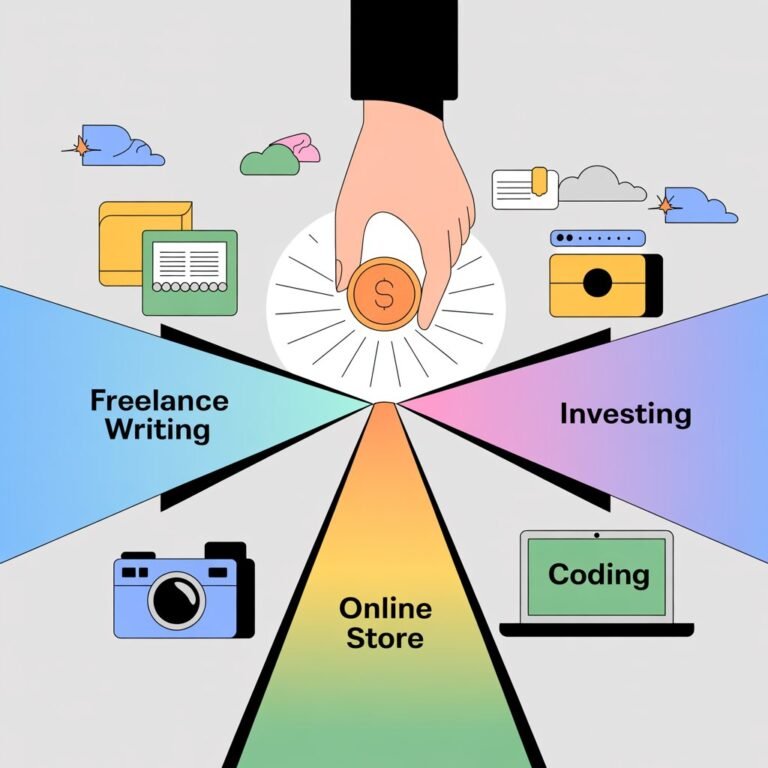What Is a SaaS Business?
A SaaS firm provides software hosted online and accessed by customers via a subscription. Rather than installing software on a device, users login with a web browser — providing greater convenience as well as scalability.
📊 Statista forecasts global SaaS revenues to reach over $232 billion by 2025 as a testament to its runaway growth.
Common examples include:
Zoom (video conferencing)
Canva (graphic design)
Shopify (online
Step 1: Learn the SaaS Business Framework
SaaS companies operate differently from traditional software sellers. Here’s how they typically earn:
Recurring Payments: Monthly or yearly subscription
Freemium models upsell users into pay customers
Tiered Pricing: Several plans catering to varied user requirements
This model provides consistent income, which lends itself to being planned and expanded.
Benefits of Recurring Revenue for Startups
Step 2: Identify a Problem to be Solved
At the center of each and every successful SaaS company is a painful problem in need of a solution.
Ask yourself
Which tedious task annoys your target audience?
Does your software reduce time, cost, or effort?
Real-world SaaS ideas:
A project tracker for freelancers
Invoice automation for small businesses
Schedule software used by virtual teams
Step 3. Validate Before You Build
Don’t start coding immediately. Instead, validate that there’s demand for your product.
Methods to validate your idea
Conducting interviews with prospective users
Create a landing page to capture interest
Provide a free prototype or early-access version
Early feedback can assist with creating a sellable product — without spending a fortune.
How to Validate Your Startup Idea in 7 Days
Step 4: Create a Simplified Version of the Product
You don’t have to create a full platform overnight. Build an MVP (Minimum Viable Product) — the minimal version that addresses the central problem.
Construction features
Employ a developer/team (best suited for sophisticated tools)
Utilize no-coding tools such as Bubble, Glide, or Softr (best suited for beginners
Basic technology stack (if coding):
Frontend: Vue.js or React
Back-end: Node.js or Python
Database: PostgreSQL or Firebase
Hosting: AWS, Vercel or DigitalOcean
Step 5: Proper Training
A big cause of SaaS failures isn’t the code itself — but rather the strategy. To survive and thrive, you need to know how to develop, launch, and scale a software firm from scratch.
📚 Best SaaS business training options
CraftLab Digital Institute -Department of Saas Udemy’s SaaS Masterclass – Priced for beginners
MicroConf Academy – Solo and bootstrapped founders
Y Combinator Startup School – Startup training for free with high-quality resources
SaaS coaching programs – Individualized mentorship by seasoned founders Step-by-Step SaaS Launch Program
🧠 “Operating a software company is 20% code and 80% strategy, marketing, and customer success.”
Step 6: Release Your SaaS and Get Your First Users
You don’t have to have thousands of users immediately. A few paying customers will provide the data and feedback needed to iterate your offer.
Effective Launch Strategies
Create a Launch Offer or Beta Invite List
We will write SEO blogs targeting your niche.
Create Google/Facebook ads for lead generation
Utilize forums, LinkedIn, and Reddit to gain visibility
Step 7: Focus on Retention and Support
Acquiring a customer is challenging. Retaining them is even tougher — but necessary.
Focus on:
Orientation courses
Personalized customer service
Feature enhancements following customer inputs
Upsell and check-in email campaigns
📈 ProfitWell reports that a 5% improvement in retention can lead to a 95% rise in earnings.
How to Improve Customer Retention in SaaS
Ready to Scale? This Is What’s Next
After your SaaS takes off
Automate billing and onboarding
Integrate analytics such as Hotjar or Mixpanel
Initiate a referral program to organically grow
Consider seeking funding to fuel rapid development
Also consider partnerships, app integrations, and extending your product to offer mobile versions or enterprise capabilities.








